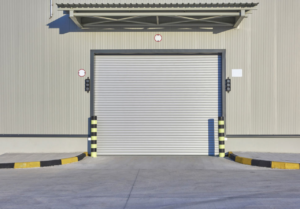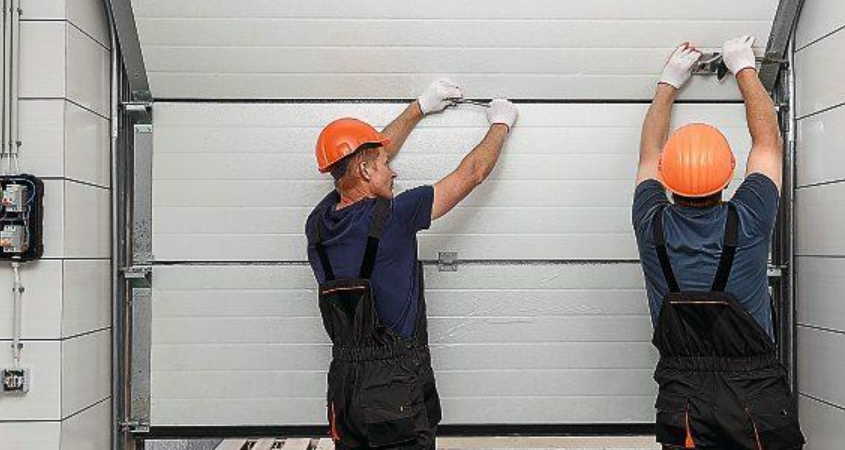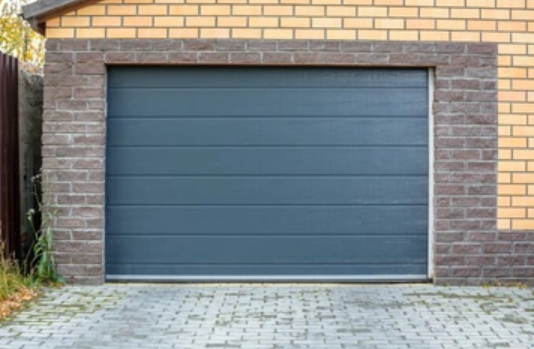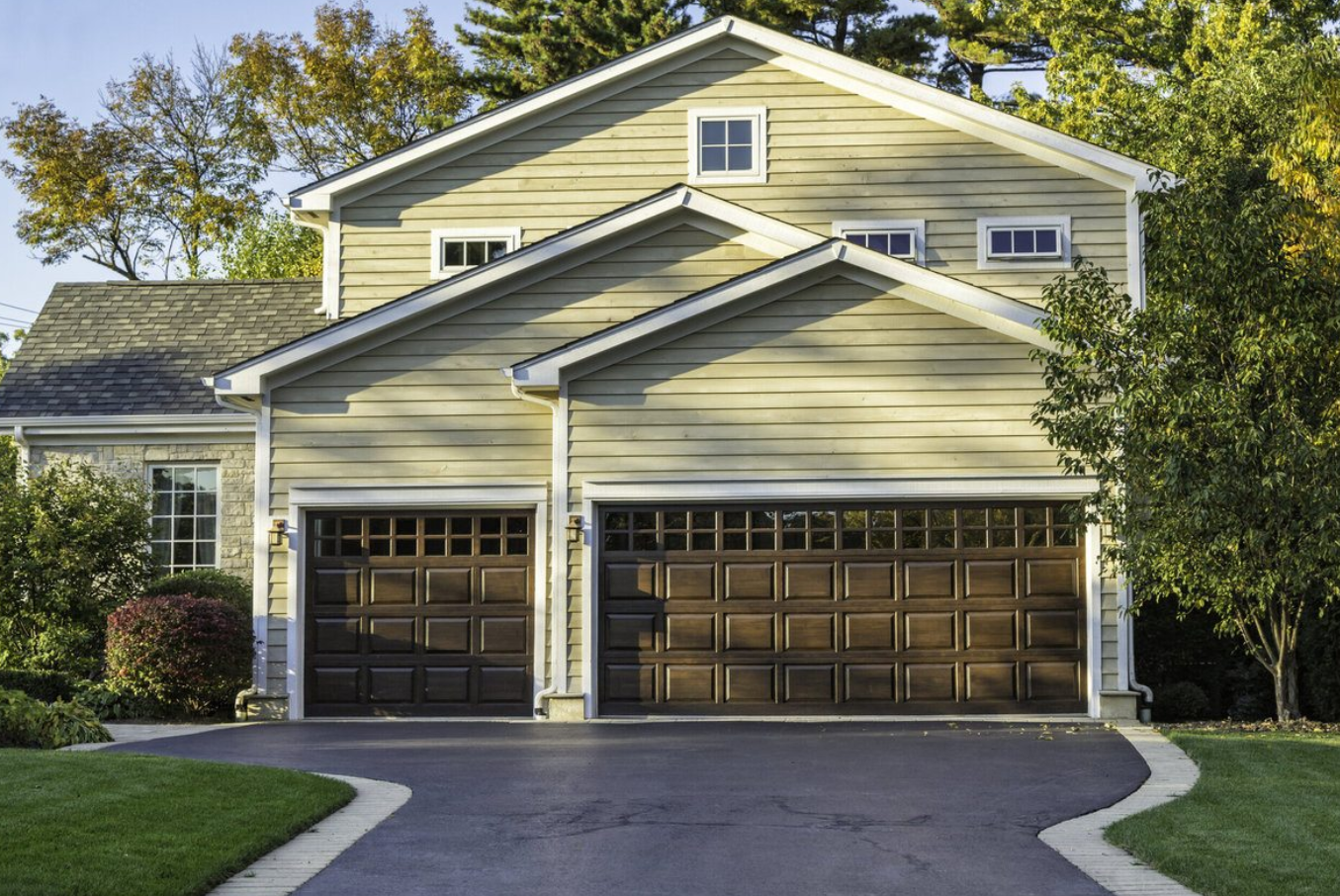Selecting a cost-effective garage door is essential for homeowners who are on a budget or looking to minimize their expenses. A more affordable garage door can not only save money upfront but also reduce long-term costs associated with maintenance and energy efficiency. It is crucial to find a balance between cost, functionality, and aesthetics to ensure that the garage door meets your needs without breaking the bank.
Overview of available Garage Door Types
There is a wide range of garage door types available on the market, each with its own set of features, materials, and designs. Some common types include sectional doors, roll-up doors, tilt-up doors, side-hinged doors, and sliding doors. Understanding the differences between these various types is the first step in determining which option will be the most cost-effective for your home.
Types of Garage Doors
Roll-Up Garage Door
Roll-up garage doors, also known as roller doors, consist of narrow horizontal slats that roll up around a drum above the door opening. These doors are typically made of steel or aluminum and are well-suited for spaces with limited headroom. Roll-up doors are durable and require minimal maintenance, which can contribute to their cost-effectiveness.
Pros:
- Space-saving design
- Durable materials
- Easy operation: The simple rolling mechanism makes opening and closing the door a quick and effortless process.
Cons:
- Noise: The rolling mechanism can be noisier than other door types, which may be a concern for homeowners in close proximity to neighbors.
- Professional installation: Roll-up doors often require professional installation, which can add to the overall cost.

Sectional Garage Door
Sectional garage doors are composed of several horizontal panels hinged together, which slide up and overhead on a track system when the door is opened. These doors are popular due to their space-saving design and ease of operation. They can be made from a variety of materials, including steel, aluminum, and wood, affecting the overall cost.
Pros:
- Cost-effective materials
- Space-saving design
- Wide range of styles
Cons:
- Potential for lower quality
- Limited customization

Sliding Garage Door
Sliding garage doors operate by sliding horizontally along a track, either to one side or both sides of the garage opening. These doors are often made from steel, aluminum, or wood and provide a sleek, modern look. While sliding doors can be more expensive than other options, they offer a unique aesthetic and require minimal maintenance, which may make them a cost-effective choice for some homeowners.
Pros:
- Space-saving: Sliding garage doors don’t require overhead space like other garage door types, making them suitable for garages with limited headroom.
- Smooth operation: Sliding doors glide along a track, which allows for easy and quiet operation.
Cons:
- Higher initial cost: Sliding garage doors can be more expensive than other door types upfront, particularly when compared to more affordable options like sectional or roll-up doors.
- Limited insulation options: Sliding garage doors generally have fewer insulation options compared to other door types, which can affect energy efficiency in the garage.

Tilt-up Garage Doors
Tilt-up garage doors come in two styles: tilt-up canopy and tilt-up retractable. Both styles operate by pivoting on hinges located at the top of the door frame, tilting the door out and up to open. Tilt-up doors are often made from wood or metal and can be more affordable than other door types, but they require additional clearance outside the garage when opened.
Pros:
- Affordable
- Easy to install
- Can be made from a variety of materials
Cons:
- Requires additional clearance outside the garage
- Less energy-efficient than other door types
Side-Hinged Doors
Side-hinged garage doors are traditional, swinging doors that open outward from the middle. They can be made from various materials, including wood and steel, and are often chosen for their classic appearance. Although they may not be the most space-efficient option, side-hinged doors can be an affordable choice for those who prefer a more traditional look.
Pros:
- Affordable
- Classic, traditional appearance
- Easy to maintain
Cons:
- Not as space-efficient as other door types
- May not offer as much insulation
Factors Affecting Garage Door Cost
a) Material
The material of a garage door plays a significant role in its overall cost. Common materials include steel, aluminum, wood, fiberglass, and vinyl. Steel and aluminum doors tend to be more affordable, while wood and fiberglass doors can be more expensive due to their aesthetics and durability. Vinyl doors, though relatively low-maintenance, can also be pricier than steel or aluminum options.
b) Insulation
Insulation is another factor that affects the cost of garage doors. There are three main insulation options: single-layer, double-layer, and triple-layer doors.
Single-layer doors are the most affordable, as they consist of a single sheet of material without insulation. Double-layer doors have an additional layer of insulation, while triple-layer doors have two insulation layers, providing the best energy efficiency. The more insulated the door, the higher the cost.
c) Size and customization
The size of the garage door and any customizations can also impact the overall cost. Larger doors or custom designs will generally be more expensive than standard-sized, off-the-shelf options. However, it is essential to choose a door that fits your garage properly and complements your home’s exterior.
d) Installation and labor costs
Installation and labor costs can vary based on the complexity of the project and regional differences in labor rates. While some homeowners may opt to install the garage door themselves, professional installation is recommended to ensure proper operation and safety. Comparing quotes from multiple installers can help you find the most affordable option.
e) Maintenance requirements
The cost of maintaining a garage door should also be considered when choosing the most affordable option. Some materials, like steel and aluminum, require minimal maintenance and may be more cost-effective in the long run. Wood doors, on the other hand, may require regular painting or staining to maintain their appearance, which can add to their overall cost. Additionally, certain door types, such as sectional or roll-up doors, may require less maintenance than side-hinged or sliding doors, making them more budget-friendly options.
Identifying the Cheapest Garage Door options
Comparison of costs
To identify the most affordable garage door option, it is essential to compare the costs of various door types, materials, and insulation levels. Here is a general cost comparison based on common garage door options:
1. Sectional doors: $$ (moderate)
2. Roll-up doors: $$ (moderate)
3. Tilt-up doors: $ (affordable)
4. Side-hinged doors: $ (affordable)
5. Sliding doors: $$$ (expensive)
In terms of materials:
1. Steel: $ (affordable)
2. Aluminum: $ (affordable)
3. Wood: $$$ (expensive)
4. Fiberglass: $$ (moderate)
5. Vinyl: $$ (moderate)
Conclusion
When choosing a garage door, it is crucial to balance cost with functionality and aesthetics. While the most affordable option may be tempting, it is essential to consider how well the door will perform, how energy-efficient it is, and how it complements your home’s exterior. By taking all these factors into account, you can make a well-informed decision that suits your needs and budget without sacrificing quality.
Final Recommendations for Affordable Garage Doors
Based on the analysis of various garage door types and factors affecting their cost, the following recommendations can be made for affordable garage doors:
1. Tilt-up doors, particularly in steel or aluminum, are a cost-effective option for those who can accommodate the required clearance outside the garage.
2. Side-hinged doors, made of steel or aluminum, can be an affordable choice for those who prefer a traditional look and do not require a space-efficient design.
3. Steel or aluminum sectional or roll-up doors can offer a balance of affordability, durability, and low-maintenance, making them a practical choice for many homeowners.
Ultimately, the best garage door for your home will depend on your specific needs, preferences, and budget. By carefully considering the pros and cons of each option and factoring in material, insulation, size, and maintenance requirements, you can find the perfect garage door that is both affordable and functional.
Maximize Your Garage Door Investment: Expert Tips and Advice
Discover how to make the most of your garage door with our informative guides on installation, maintenance, repair, and security. Our expert advice will help you save money and time while ensuring that your garage door operates smoothly and securely.
- Replacing a Garage Door: Factors to Consider Before Making a Purchase
- Benefits of Garage Doors: Security, Convenience, and Curb Appeal
- Common Garage Door Problems and How to Fix Them
- How to Clean Your Garage Door: Tips for Maintenance and Preservation
- Reasons to Use an Automatic Garage Door Lock: Security and Convenience
- Are Garage Door Keypads Secure to Use? Benefits and Drawbacks
- DIY Garage Door Repair: How to Fix Common Issues and Save Money
- How to Lock a Garage Door: Tips for Extra Security and Peace of Mind
Whether you’re a DIY enthusiast or looking for professional help, our guides will help you make informed decisions and avoid costly mistakes. Browse our selection of articles to find the information you need to maximize your garage door investment.





